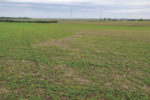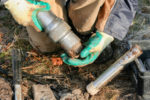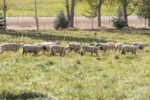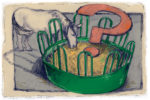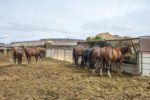Forage Analysis
Artificial intelligence seems to have been a buzzword taking over many aspects of our society, from marketing to film and now even animal agriculture.
Read More
Herbicide residuals can reduce alfalfa stand establishment
Herbicide soil persistence (residual life) is the length of time a herbicide remains active in a soil.
Read More
A growing concern for fescue toxicosis within the dairy industry
The impact of fescue toxicosis on dairy production is a growing concern for producers who utilize fescue in grazing pastures.
Read More
Understanding protein fractions on a forage report
If we understand the protein fractions within our forages, we can ensure livestock requirements are met and improve performance.
Read More
Forensic files: Soil edition
With the myriad of unexplored DNA in soil, the possibilities are endless and ever-expanding.
Read More
Preview feeds’ future with the power of data
Reviewing tracked data from what has been harvested can give us a better idea of what to prepare for when we begin feedout.
Read More
It may not seem like much
By delaying grazing slightly in early spring so the grass grows taller and increases its DM percentage by a modest 20%, we boost the amount of energy available for lactation by 34%.
Read More
Hesitation about NIRS evaluation of grass forages
Not only are NIRSC calibrations accurate for the evaluation of grass-type forages, but they successfully combine warm- and cool-season grasses, eliminating the need for separate calibrations.
Read More
Myth-busting horse hay
When it comes to hay quality, evaluating the needs of the individual horse is imperative.
Read More
Defining horse-quality hay
Forage is an extremely important component of the equine diet, as it should make up the majority of what the horse consumes.
Read More

